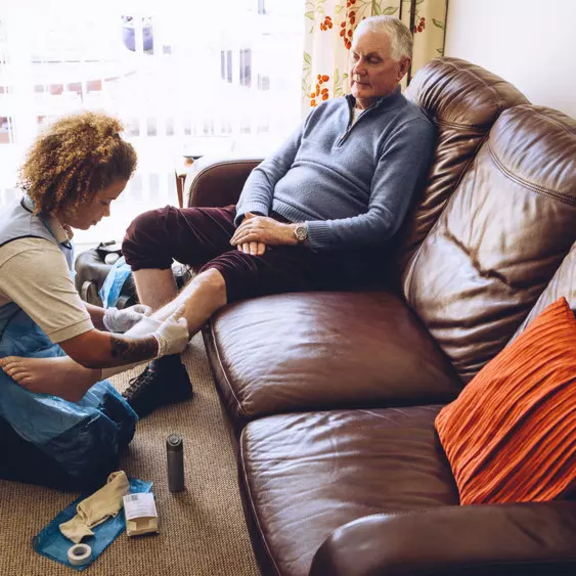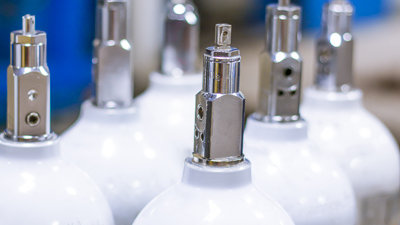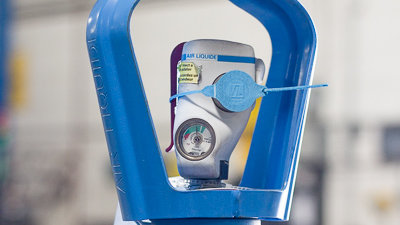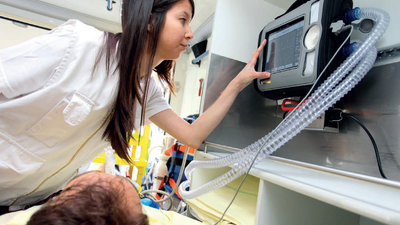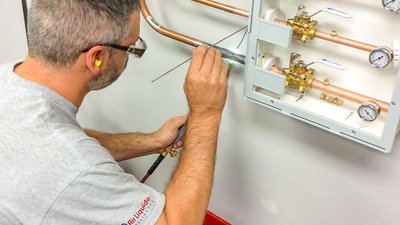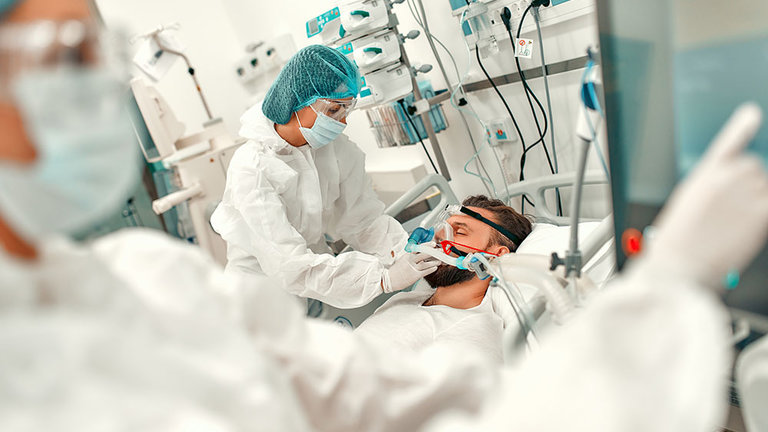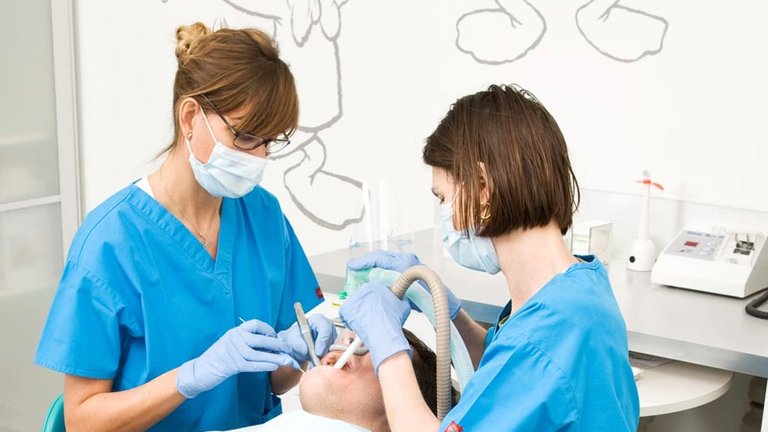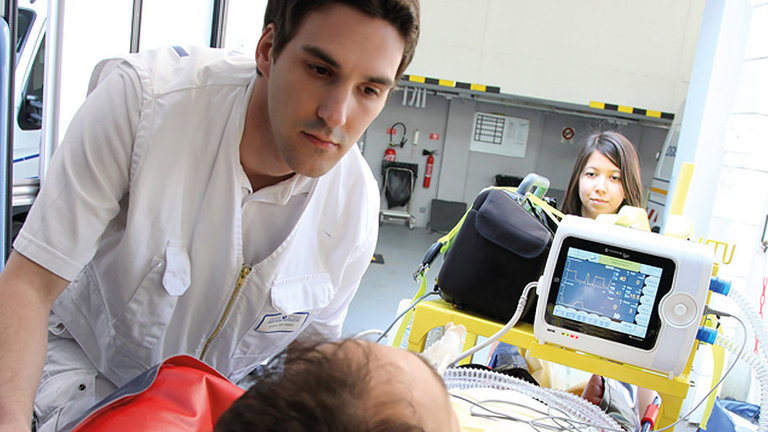Acute and procedural pain
Identifying procedural pain solutions. There are several ways to classify the different types of pain, but the most common is to separate it into acute pain (among which we find procedural pain) and chronic pain.
Pain and acute pain
As defined by the World Health Organization (WHO), “pain is an unpleasant sensory and emotional experience associated with, or resembling that associated with, actual or potential tissue damage”. Pain is always a personal experience that is influenced by varying degrees of biological, psychological, and social factors.
Even though the experience of pain changes from one person to the next, it is possible to categorize the different types of pain. There are several ways, but it is most common to separate it into acute pain and chronic pain. Acute pain is when a painful medical procedure is performed, such as stitching, wound care, biopsy, dental treatment, venipunctures, dressing changes, etc.
Managing procedural pain
For patients, medical attendance or admission to a hospital often requires examinations, investigations, treatment, or procedures that can induce pain.
Procedural pain is often a short-lived acute pain that healthcare professionals can manage using different analgesic (pain-relieving) methods that will have their maximum effect during the procedure.
Solutions and usages
Developing an individualized plan for procedural comfort can provide very effective pain relief for the patient. Such plans may include nonpharmacologic and/or pharmacologic interventions based on the patient’s unique characteristics, care setting, procedure being performed, and caregiver experience.
Healthcare professionals prescribing and administering pharmacologic agents must be knowledgeable about the onset, duration, and mechanism of action of these agents and be skilled in managing adverse effects and complications, should they occur.
Application of treatments
Pain treatments could be locally administered with creams, patches, local infiltrations, or through more general routes such as oral, venous, or muscle injections or inhalation.
The healthcare professional will decide the best treatment according to the patient's needs. Taking into account the duration of the procedure, evaluating risks and benefits, the performance of the molecule administered, and the patient's activity post-procedure.
Q&A
Does procedural pain differ with age?
Patients of all ages who undergo potentially painful procedures need to have optimal pain management before, during, and after procedures.
Can you assess procedural pain during treatment?
Several pain scales exist with various benefits. For example, while some involve rating the intensity of pain, others give patients a means of characterizing their pain (e.g., stabbing or squeezing).
Results help guide the intensity of the pain, track its progression, and determine how effective a treatment is. The most commonly used scales are the numerical pain scale in adults and the faces pain scale in children.
Do you need pricing or more information?
Our team will listen to your needs and answer your questions, to help identify the right equipment and services for your facility.
Write us
Talk to us
Visit us
6990 Creditview Road, Unit 6
Mississauga, ON L5N 8R9
Why choose us
-
Full-scope medical gases provider
We are involved from production to patient therapy, and know medical gases intimately -
Reliability
You can depend on us to provide you with the right equipment and services to meet your facility's needs -
Innovation
Innovation is our vision: we prioritize quality of care through patient-centric products and services -
Safety
Ensuring the safety of your patients and staff is our top priority - our emphasis is on safety, compliance and risk management -
Experienced
We are owned by Air Liquide Group, the largest supplier of industrial, medical & specialty gases, found on every continent in the world -
Coast-to-coast service network
Our fill plants are widespread to shorten response-time and ensure supply chain reliability -
Accreditation and regulation
We help you ensure your facility's medical equipment is serviced and fully compliant with Canadian standards -
Customized portfolio
We supply a complete range of high-quality specialty gases, including mixtures used in specific applications to suit your needs


